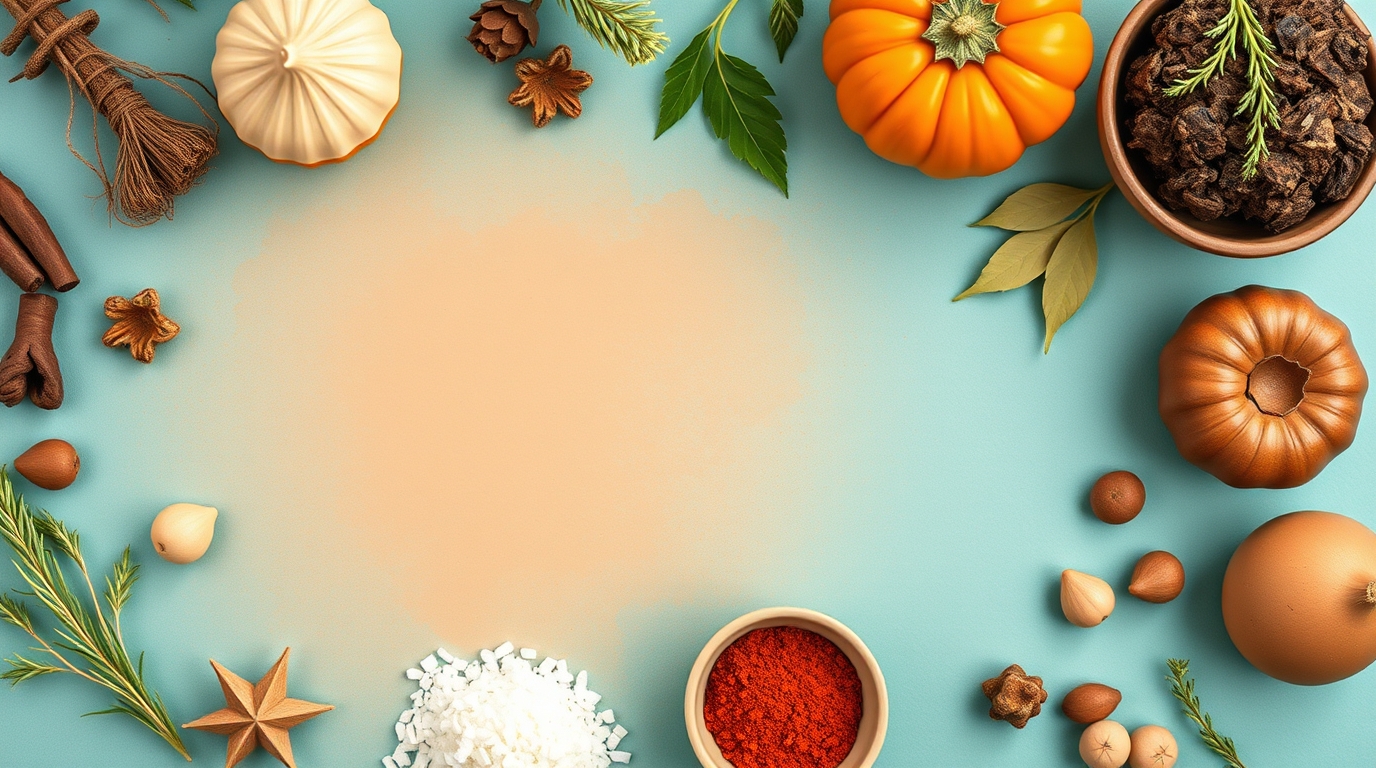Mascarpone cheese, a staple in Italian cuisine, is celebrated for its incredibly smooth, rich, and slightly sweet flavour. Whether you're creating a classic tiramisu, a decadent pasta sauce, or simply spreading it on fresh fruit, mascarpone adds a touch of luxury. This comprehensive guide will explore everything you need to know about mascarpone, from its origins to how to use it in your own kitchen.
Mascarpone Cheese: A Culinary Exploration
1. History of Mascarpone Cheese:
Mascarpone cheese hails from Lombardy, a region in northern Italy, specifically the area surrounding Lodi. Its precise origins are debated, but it's believed to have emerged in the late 16th or early 17th century. The name 'mascarpone' likely derives from 'mascarpa', a dialect word referring to ricotta or the whey of milk. Traditionally, mascarpone was made with the cream of buffalo milk, though cow's milk is now more commonly used. It was initially a seasonal cheese, made during the autumn and winter months when the cows were at their richest.
2. Cooking Techniques:
Mascarpone cheese is incredibly versatile and doesn't require any specific cooking techniques like grilling or sautéing. It's generally used in a variety of ways:
- How to cook Mascarpone (General Overview): Mascarpone is rarely cooked directly like a hard cheese. Instead, it's often added to dishes at the end of the cooking process or used uncooked.
- How to prepare Mascarpone for cooking: Gently whisk or fold mascarpone to soften it and incorporate it smoothly into your recipes. Avoid over-mixing, which can make it runny.
- How to use Mascarpone in baked goods: Mascarpone is excellent for enriching cake fillings, frosting, or making creamy cheesecakes. The baking process will slightly alter the texture but maintain its rich flavour.
- How to incorporate Mascarpone into sauces: Add a dollop of mascarpone to warm sauces, such as pasta sauces, soups, or vegetable purees. Stir gently until melted and blended to create a luxurious texture and flavour. Be careful not to overcook the sauce to prevent curdling.
3. Ingredient Preparation:
Mascarpone comes ready to use. No cutting, peeling, dicing or mincing is required. Simply open the container and use the cheese as needed.
4. Storage:
- How to store Mascarpone (Short-term and Long-term): Store mascarpone in its original container, tightly sealed, in the coldest part of your refrigerator.
- How long does Mascarpone typically last under different storage conditions?: Unopened, mascarpone can last for up to two weeks in the refrigerator. Once opened, it's best used within 3-5 days. Always check for signs of spoilage, such as mould, discolouration, or an off-putting smell. Freezing is generally not recommended, as it can alter the texture.
5. Substitutions:
- What are good substitutes for Mascarpone?
- Crème fraîche: This has a similar tangy flavour profile but is less sweet and slightly less rich. Use a 1:1 substitution.
- Full-fat cream cheese: Offers a slightly more tangy taste than mascarpone and a firmer texture. Use a 1:1 substitution.
- Thickened Greek yoghurt: Provides a tart and tangy flavour with a thicker texture, making it ideal for some applications. Use a 1:1 substitution, but consider adding a touch of cream or milk to adjust consistency.
6. Nutritional Information:
-
Mascarpone nutrition facts (per 100g):
- Calories: Approximately 450 kcal
- Fat: Around 45g (mostly saturated fat)
- Protein: About 5g
- Carbohydrates: Approximately 4g (mostly lactose)
- Sodium: Low
- Calcium: Present, but not in significant amounts
-
What are the key health benefits (or allergies and sensitivities) of consuming Mascarpone?: Mascarpone is high in fat and calories, so it should be consumed in moderation. It provides some calcium. Those with lactose intolerance may experience digestive issues, and it's not suitable for those with dairy allergies.
7. Pairing:
- What flavours and ingredients go well with Mascarpone?: Mascarpone's delicate flavour pairs well with both sweet and savoury ingredients.
- Sweet: Berries, chocolate, coffee, honey, vanilla, citrus fruits.
- Savoury: Herbs (e.g., basil, chives), garlic, mushrooms, cured meats (e.g., prosciutto), truffle oil, pasta.
8. Cleaning and Washing:
No cleaning or washing is required, as it is a processed food product.
9. Ripeness:
Mascarpone comes ready to eat. It does not need to ripen. It is available year-round.
Facts You May Not Know
- Mascarpone cheese originates from the Lombardy region of northern Italy.
- It is made from the cream of cow's milk (though historically buffalo milk was used).
- Mascarpone is typically used uncooked or added to warm dishes at the end of cooking.
- It is very high in fat and should be consumed in moderation.
- It is a key ingredient in classic desserts like Tiramisu.
FAQs
Freezing mascarpone is generally not recommended, as it can alter the texture and make it separate upon thawing.
How is mascarpone different from cream cheese?Mascarpone has a higher fat content and a sweeter, milder flavour than cream cheese. It also has a softer, creamier texture.
Is mascarpone cheese healthy?Mascarpone is high in fat and calories, so it should be enjoyed in moderation as part of a balanced diet. It provides some calcium.
What is a good brand of mascarpone cheese to buy?There is no 'best' brand, as taste is subjective. Try a few different brands to see which you like best. Galbani and BelGioioso are popular choices.
What is the best way to store opened mascarpone?After opening, store mascarpone in its original container, tightly sealed, in the coldest part of your refrigerator. Use it within 3-5 days.
